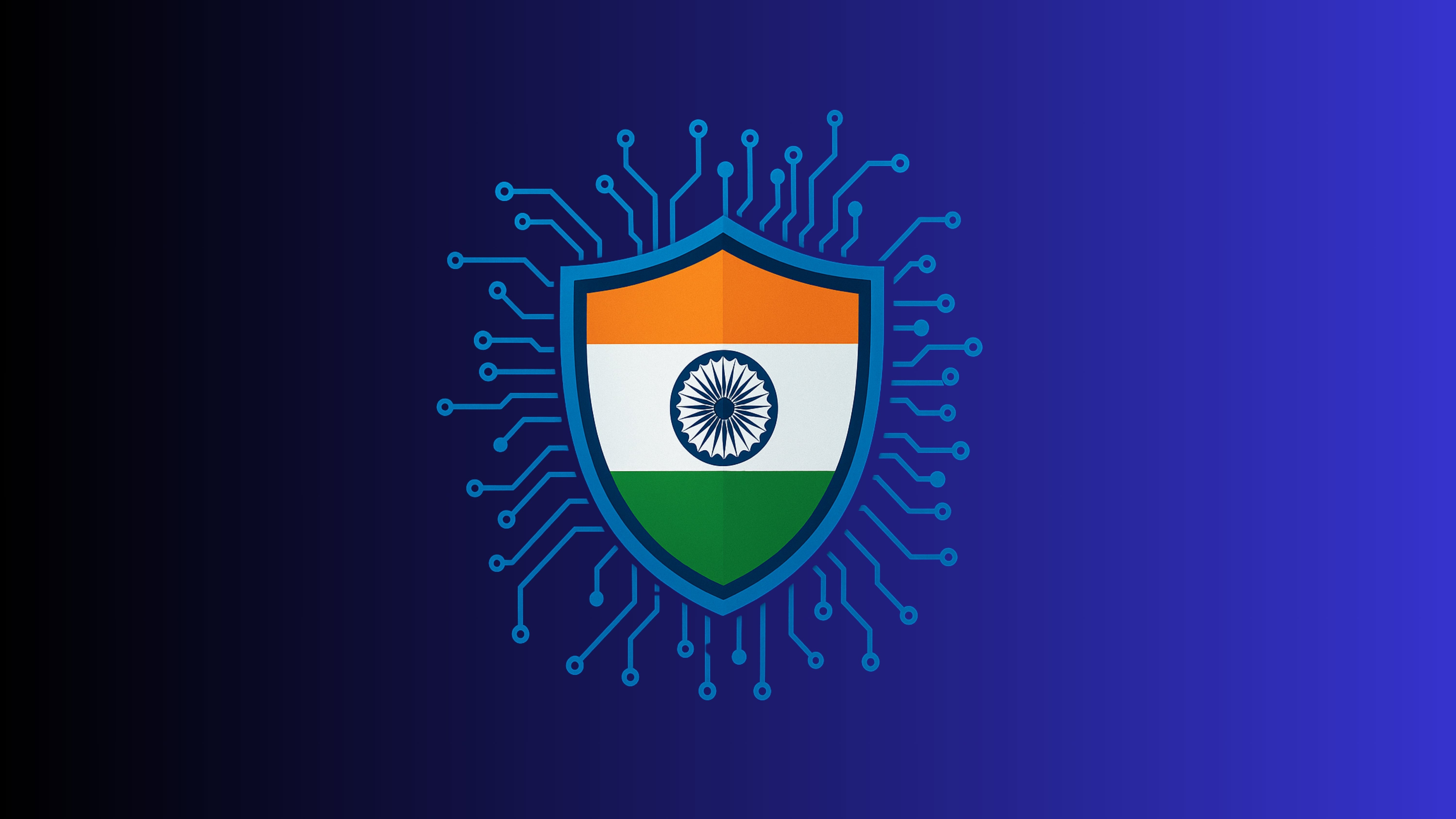Professor Alastair Denniston has outlined the core principles for regulating AI in healthcare, describing AI as the ‘X-ray moment’ of our time.
Like previous innovations such as MRI scanners and antibiotics, AI has the potential to improve diagnosis, treatment and personalised care dramatically. Still, it also requires careful oversight to ensure patient safety.
The MHRA’s National Commission on the Regulation of AI in Healthcare is developing a framework based on three key principles. The framework must be safe, ensuring proportionate regulation that protects patients without stifling innovation.
It must be fast, reducing delays in bringing beneficial technologies to patients and supporting small innovators who cannot endure long regulatory timelines. Ultimately, it must be trusted, with transparent processes that foster confidence in AI technologies today and in the future.
Professor Denniston emphasises that AI is not a single technology but a rapidly evolving ecosystem. The regulatory system must keep pace with advances while allowing the NHS to harness AI safely and efficiently.
Just as with earlier medical breakthroughs, failure to innovate can carry risks equal to the dangers of new technologies themselves.
The National Commission will soon invite the public to contribute their views through a call for evidence.
Patients, healthcare professionals, and members of the public are encouraged to share what matters to them, helping to shape a framework that balances safety, speed, and trust while unlocking the full potential of AI in the NHS.
Would you like to learn more about AI, tech and digital diplomacy? If so, ask our Diplo chatbot!










